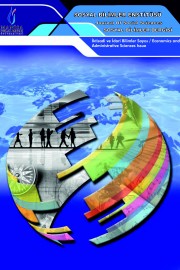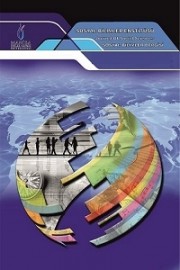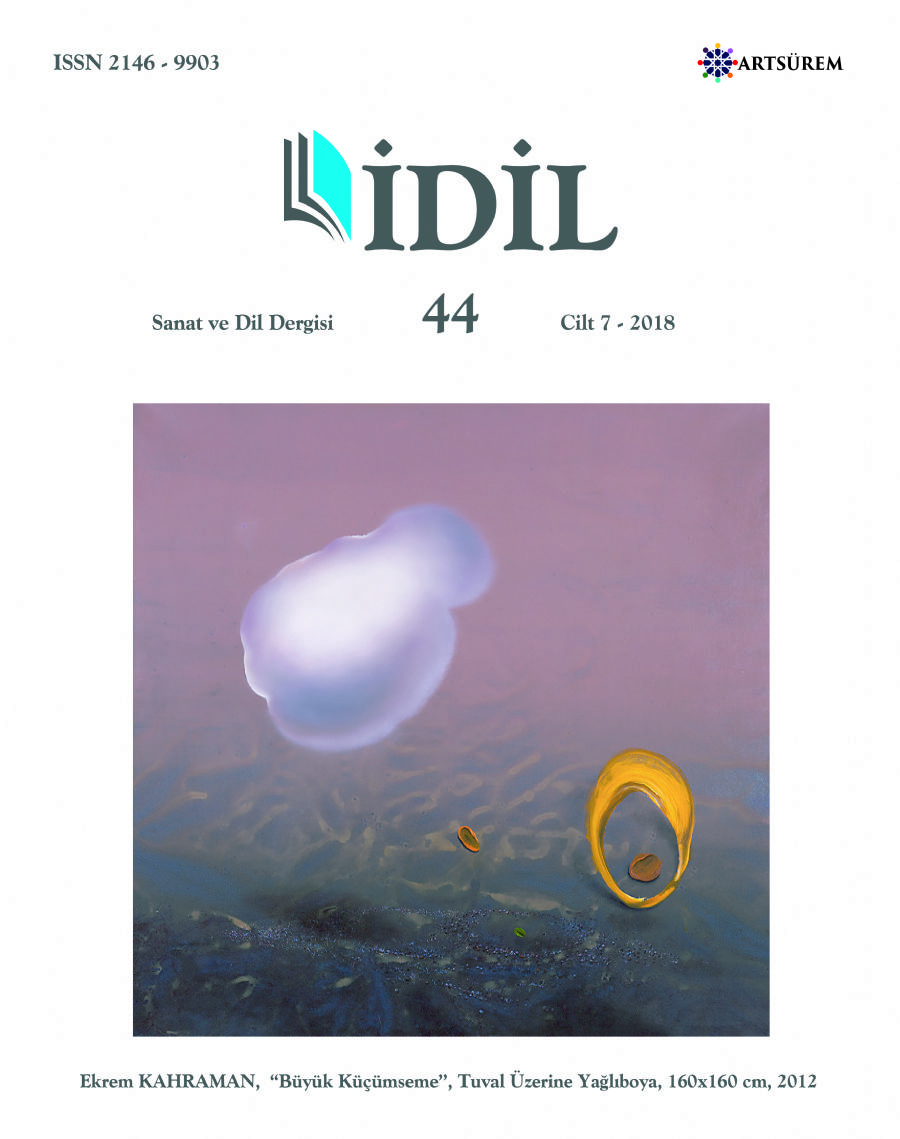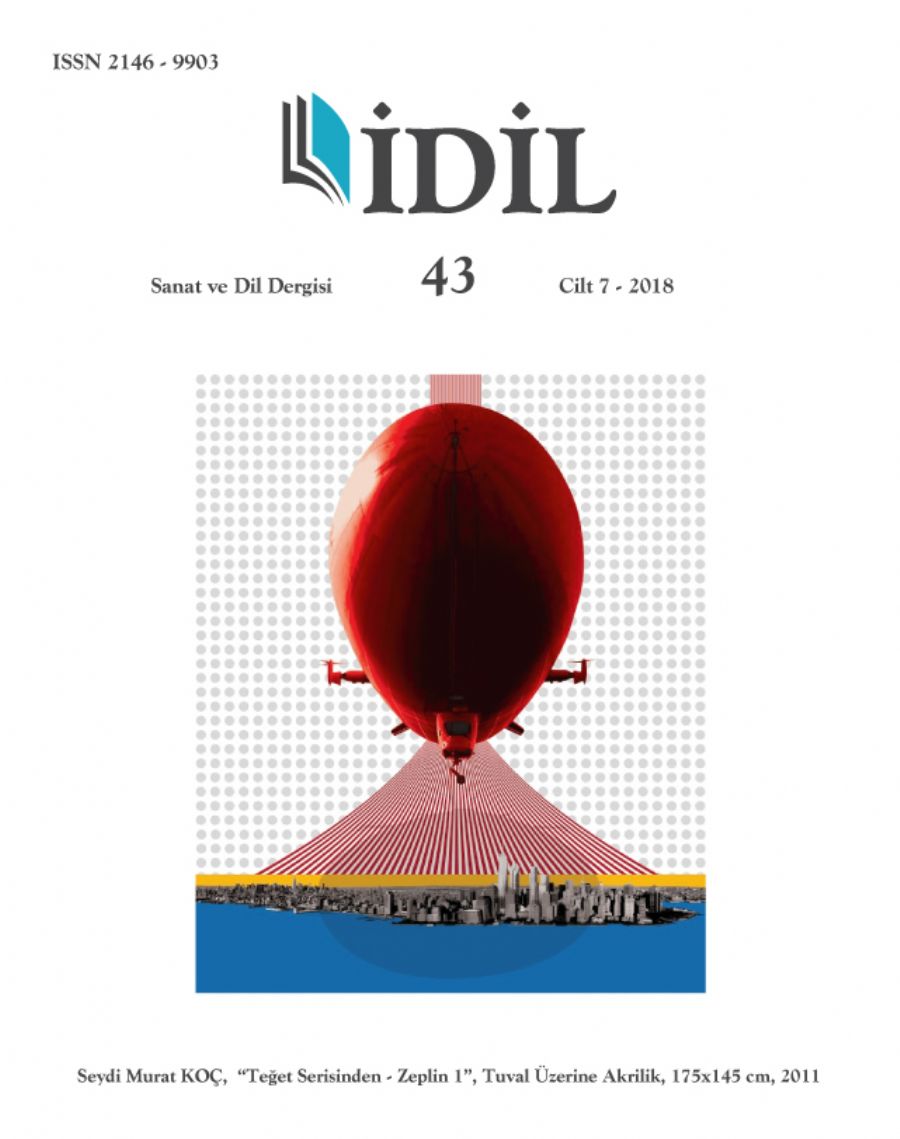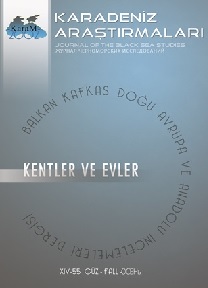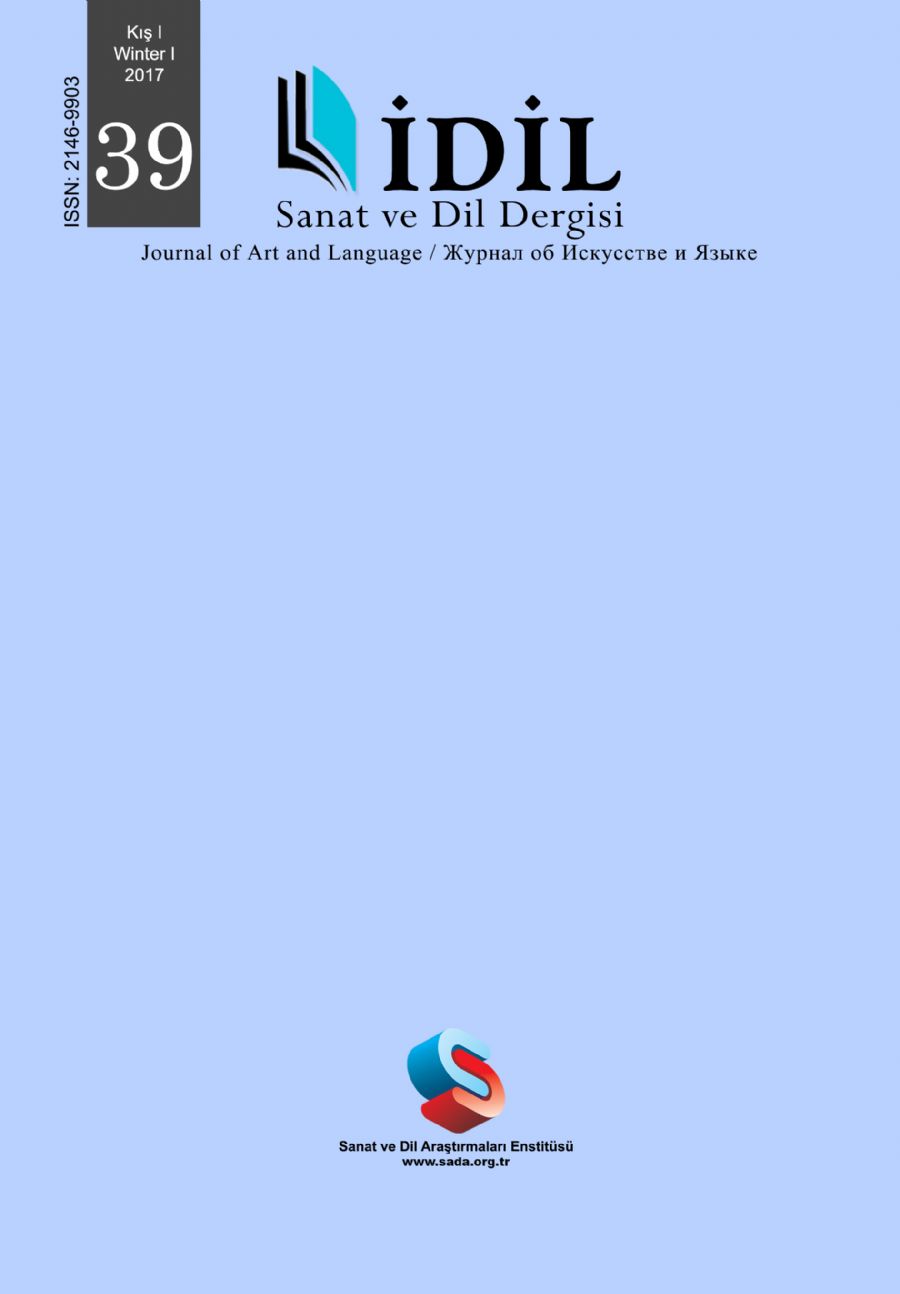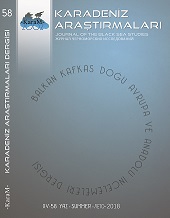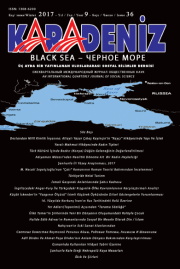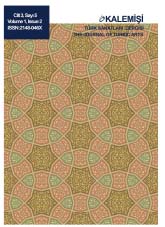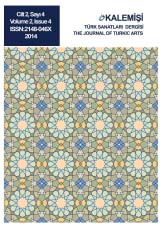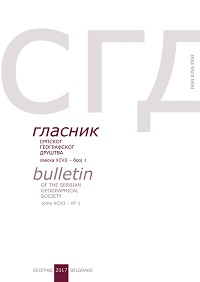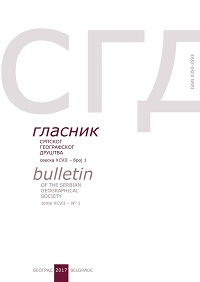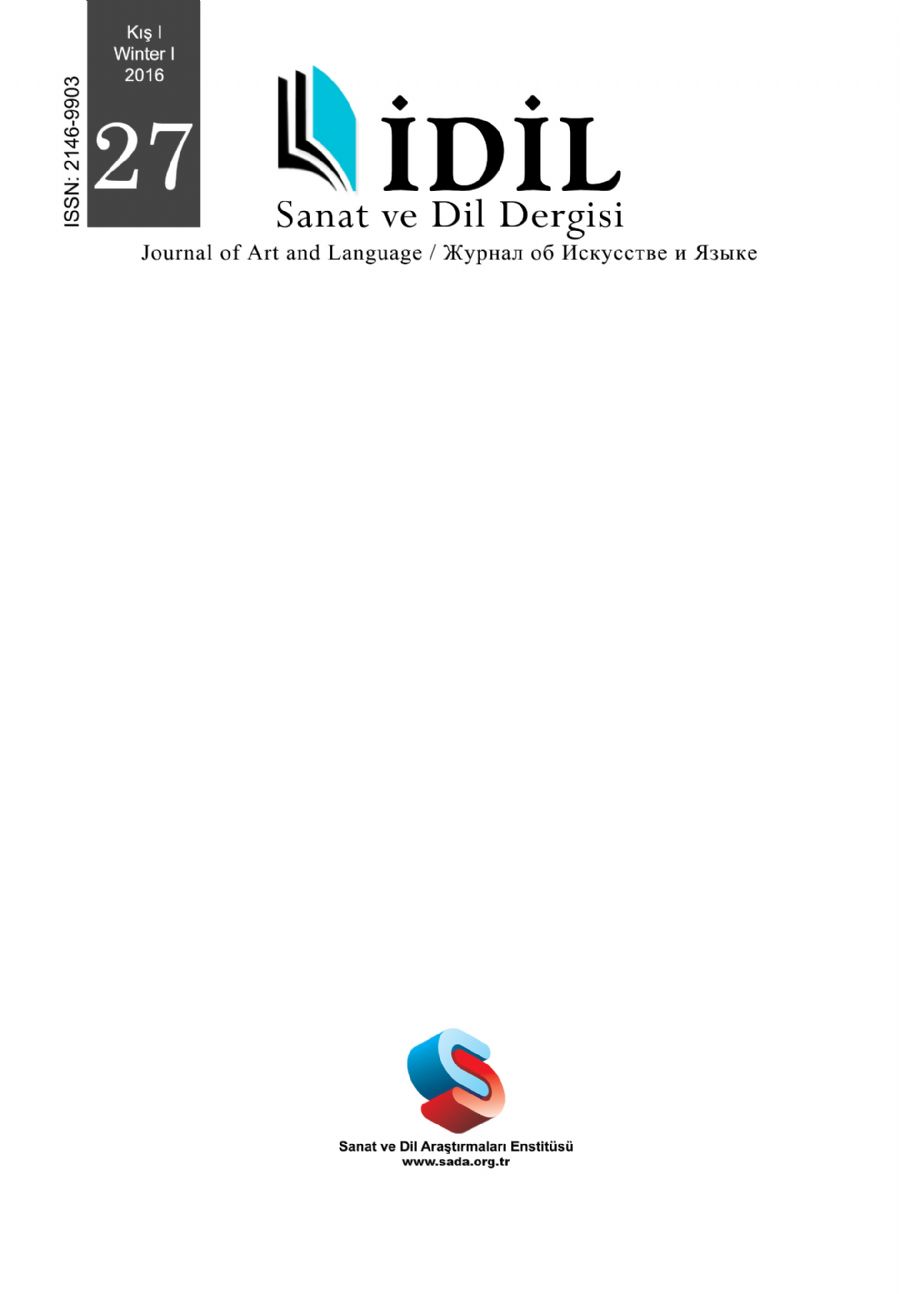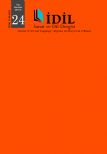Основні аспекти розвитку ігрової складової замкового туризму Закарпаття (на прикладі міжнародного проекту «Місцями слави Ракоці»)
In the article certain and described level of recreation potential of region through the specific aspects organization of historical constituent in playing tourism on Zakarpate, which characteristic only for this region. Also in the article the presented possibility of integration market of Zakarpatya tourist services, in the European tourist markets. On the example of the project «Places of Rakoczi glory» identified prerequisites for the development of international social and cultural relations of the communicative nature of the means of international tourism. Preconditions of development international social and cultural relations of communicative character are certain.
More...
